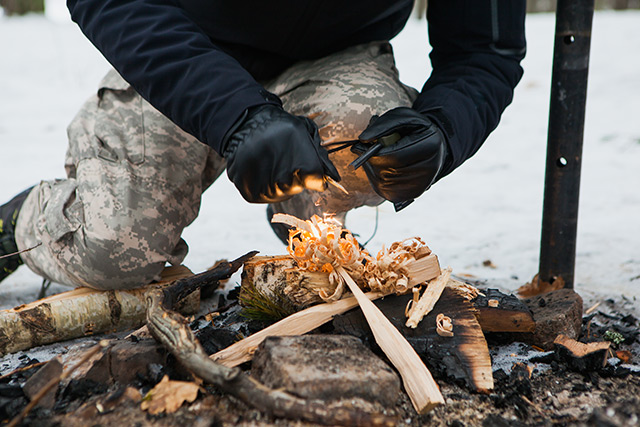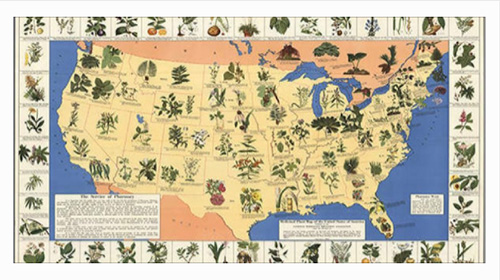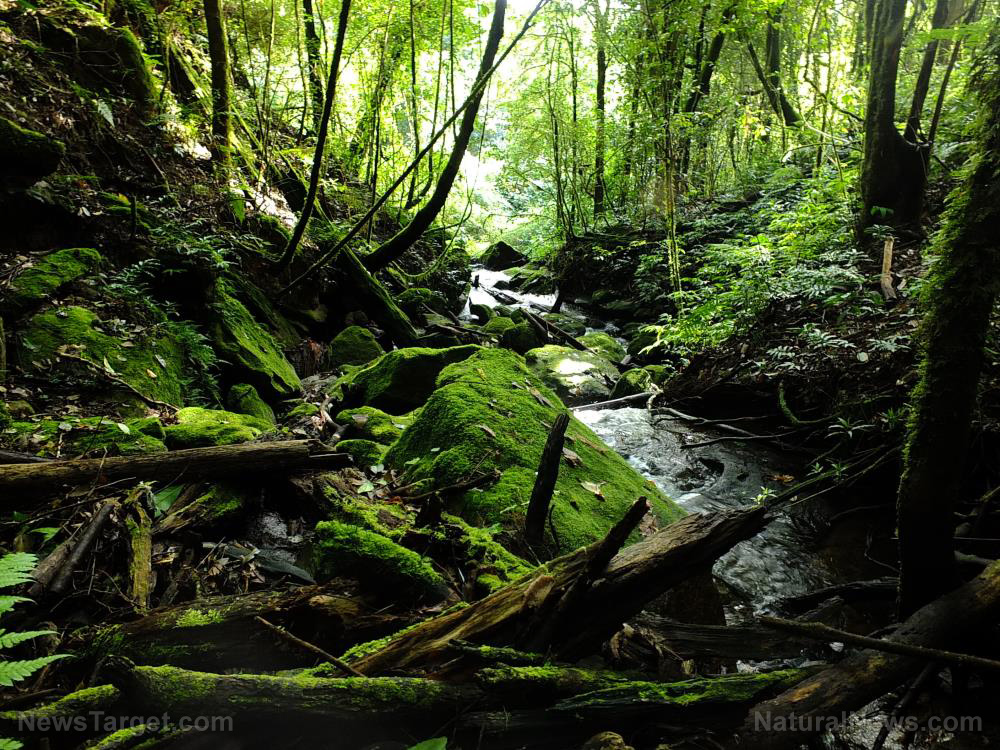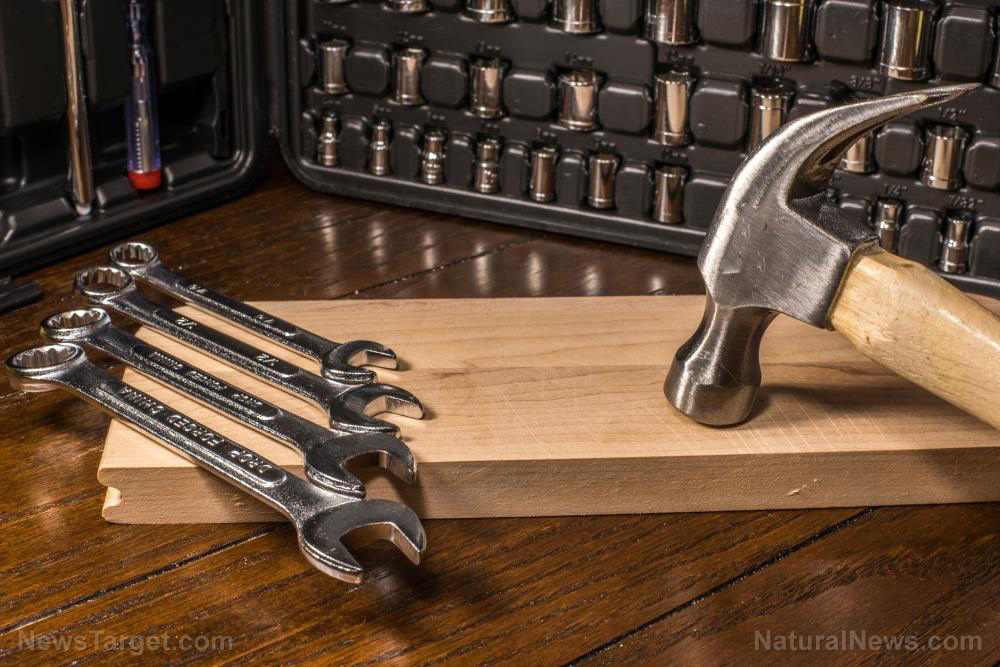Quartz: An unconventional survival resource … tips for finding and using it
02/17/2018 / By Frances Bloomfield

Save for geologists, jewelers, and glassmakers, the majority of us don’t give much thought to quartz. But we really should. It’s a mineral that, in the right hands, can become a practical and essential tool. How else could you describe something that could be used to start fires, tip hand drills, and serve as a projectile point? However you choose to utilize quartz, you’ll be thankful that you did. (h/t to Survivopedia.com.)
How to find quartz
Not only is quartz incredibly useful, but it’s also pretty easy to find. Quartz is one of the most common minerals on the planet — if not the most common. This means that you can find it in almost any geologic setting. Mines, rock hunting fields, sandstone, and limestone are great places to start, but you can find quartz in just about any patch of dirt if you look hard enough. Stream beds, creeks, the soil surrounding fallen trees, and the rocky sides of streams will often contain quartz.
To be sure, your best bet would be none other than Arkansas. The Natural State, and part of Oklahoma, are home to the Ouachita Mountains. This mountain range has some of the world’s finest quartz and is the location of Mount Ida, a city known for being the quartz capital of the world. So if you just happen to be in the area, you’ll come across quartz at one point or another.
How will you know if that mineral you dug up is quartz? According to ThoughtCo.com, quartz will have the following identifiers:
- A milky or milky-white color, or clear or frosted appearance
- A glassy or vitreous luster
- Able to scratch ordinary glass and all kinds of steel
- When broken, the rough-surfaced fragment exhibits a swirl pattern
How to use quartz
- For fire starting: In addition to quartz, you’ll need a piece of steel, a spark catcher (like a char cloth or chunk of charred wood), and tinder (a nest of dried grass will suffice). Hold the steel in your dominant hand and strike it against the quartz. It will take a few strikes, but you will see a spark land on the spark catcher. When you see a faint glow, place the spark catcher in the tinder. Fan air over the tinder and gently blow on it to stoke the flame. (Related: Char cloth makes starting fires quick and easy – here’s how to make it.)
- For survival knives: For this, you’ll have to find a larger stone (this will be the hammer) and an even bigger stone (this will be the anvil). Place your quartz on top of the anvil stone then break it apart by swinging the hammer stone vertically onto the quartz. Aim for controlled swings; bringing the hammer stone down too hard will pulverize your quartz into powder. After several minutes, you’ll find yourself with several flakes of quartz. These flakes have a variety of applications depending on the edge:
- Acute and even-edged quartz flakes are good for cutting cord, soft wood, and hardwood.
- Jagged-edged quartz flakes can serve as a saw. Notably, a saw to help you break sticks in half.
- Sharp but obtuse-edged quartz flakes are ideal for scraping.
- For weapons: After doing the above, you may find some quartz flakes that looks just like arrowheads. That’s exactly what you can use them for. Find some strong, sturdy tree branches for your arrow shafts. Trim them down with your knife to make them as streamlined as possible. You can straighten your arrow shafts further by introducing heat to any curved parts and pushing against them. Cut a nock on one end of the arrows and fit the quartz flake into it, securing it in place with bark or string.
- For drilling: Need a drill for your wood or leather? Then fine-pointed quartz flakes are what you need. You can either utilize it as is or make a primitive hand drill. Hollow out one end of a branch or piece of river cane then harden it over fire. Glue the quartz flake in place with hide glue or pitch glue. This is a type of natural glue made by melting dried pine tree sap and combining it with equal parts ground charcoal.
For survivalists and preppers, quartz is an amazing mineral and a solid addition to your arsenal of survival supplies. You can’t go wrong with a material that you can fashion into all sorts of useful instruments.
Go to Survival.news for even more survival and preparedness guides, tips, and tricks.
Sources include:
Tagged Under: foraging for tools, how to, indigenous weapons, natural resources, preparedness, preparedness and survival, quartz, survival




















